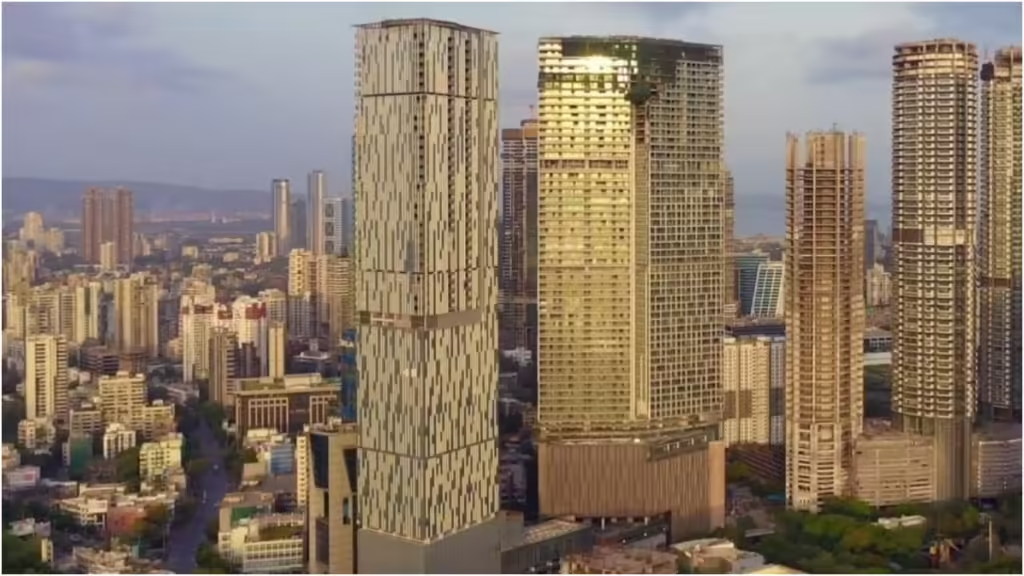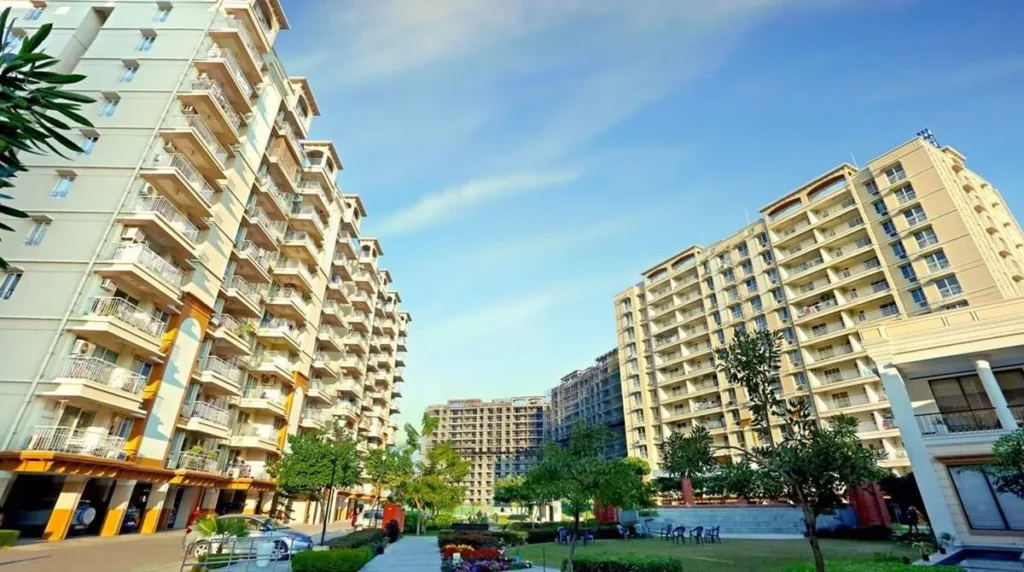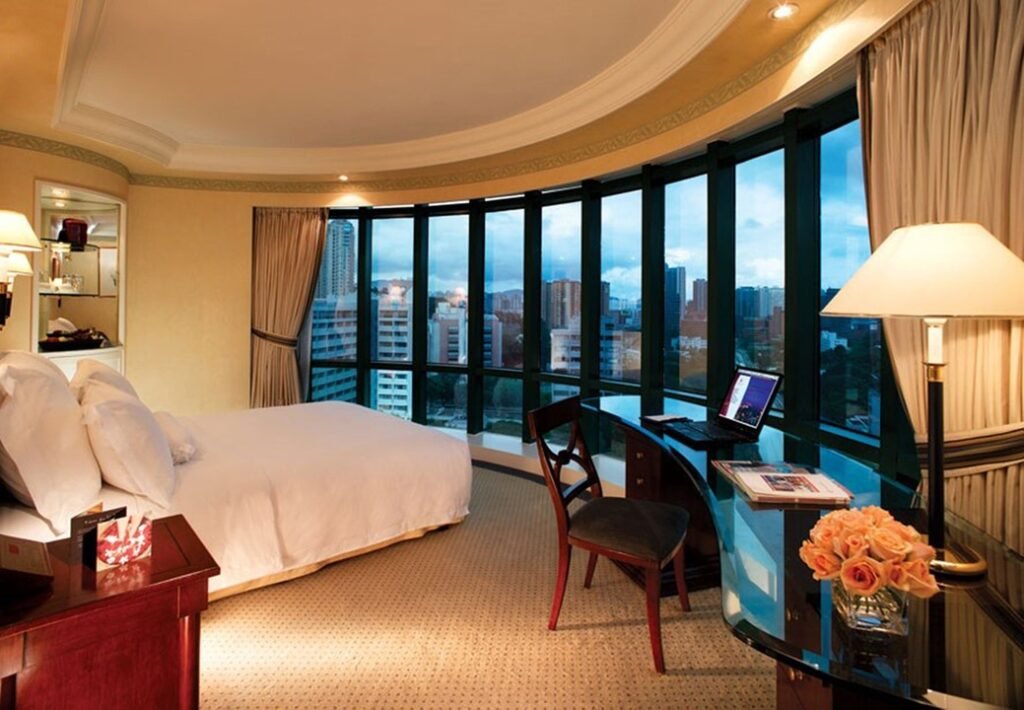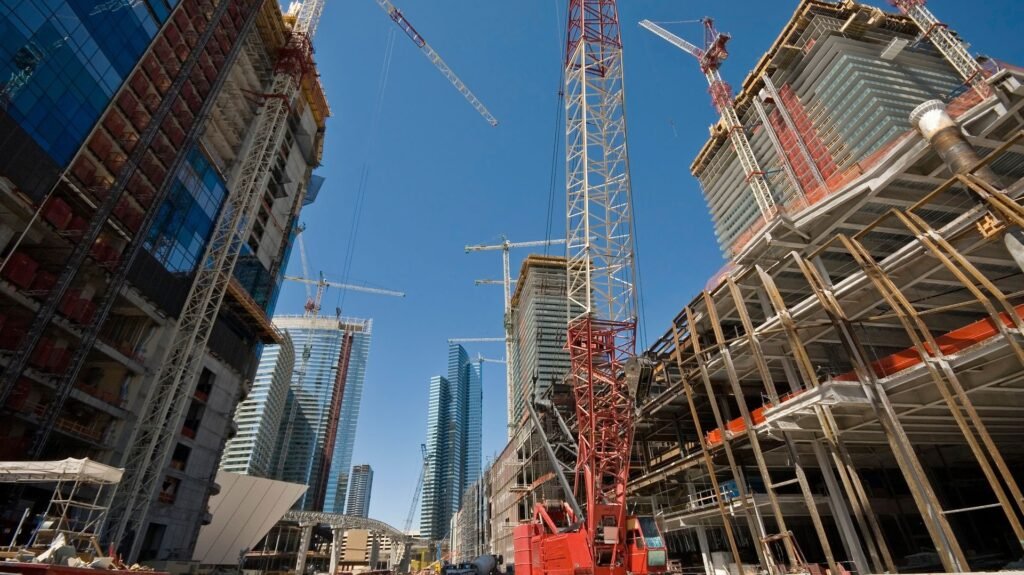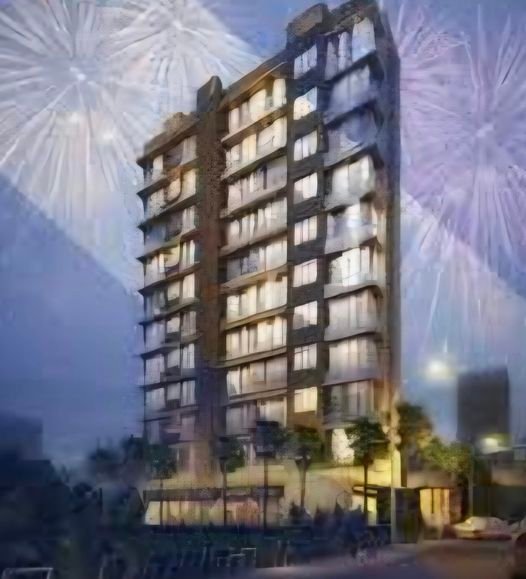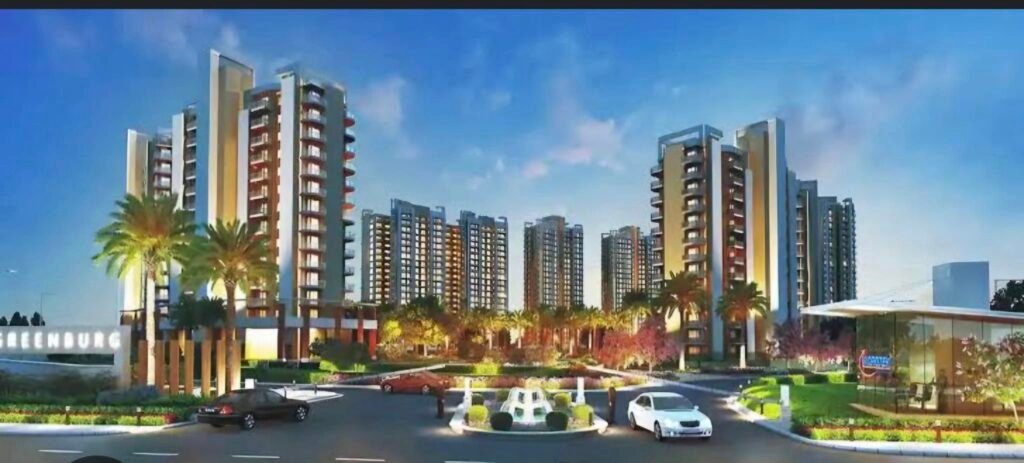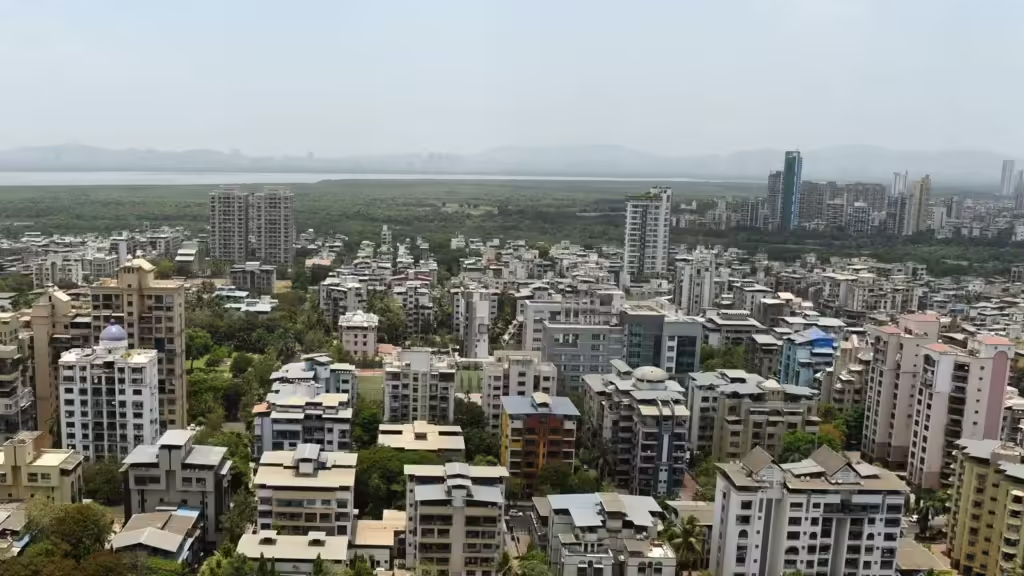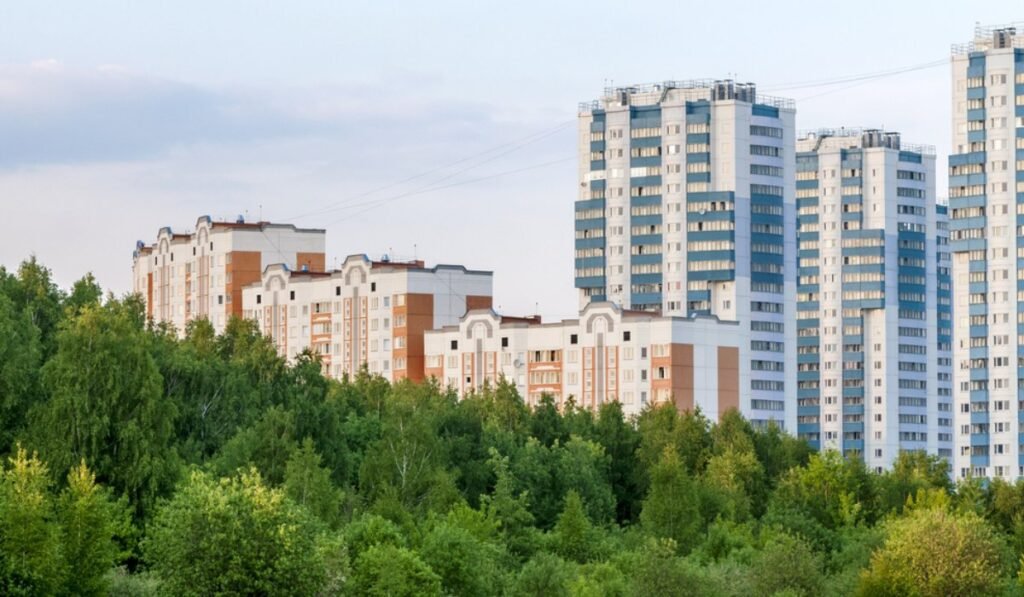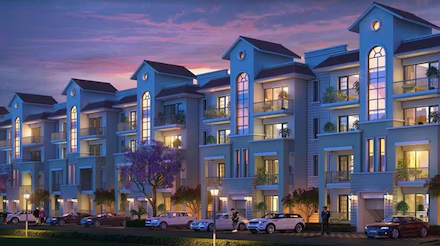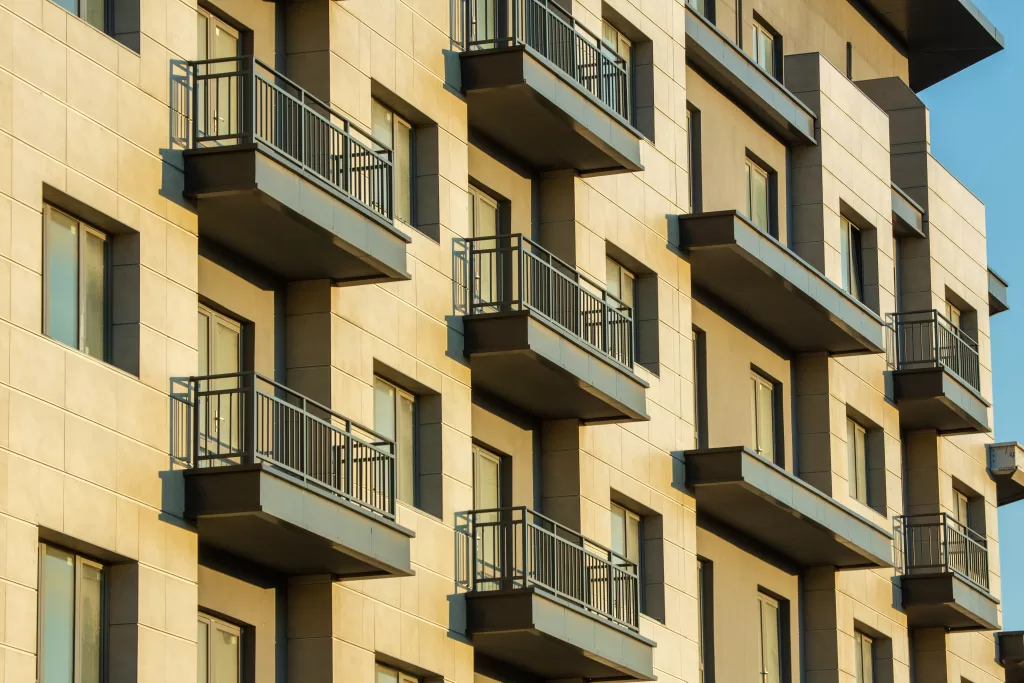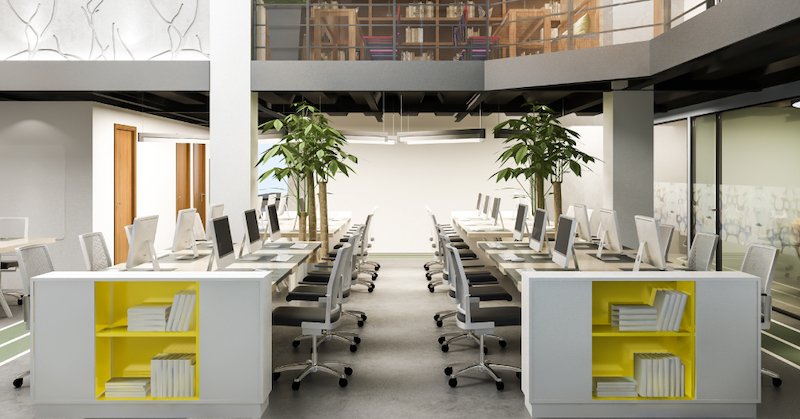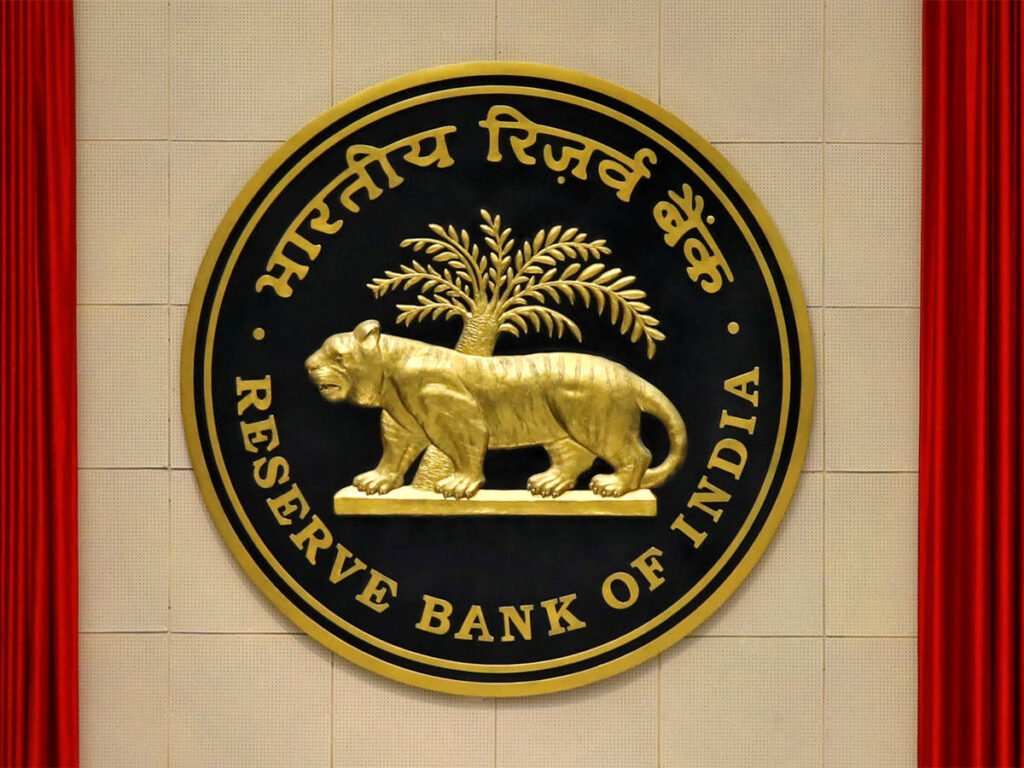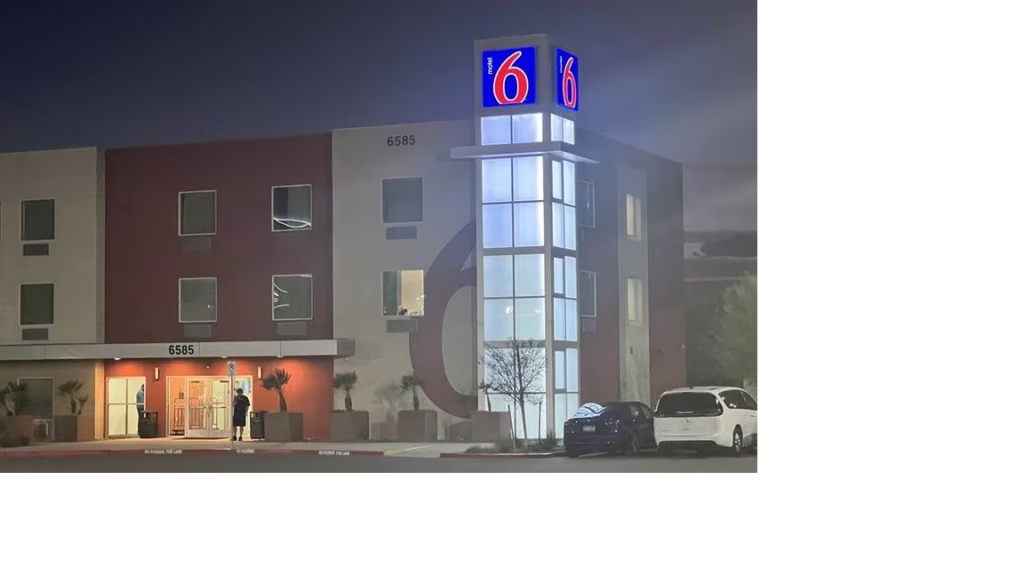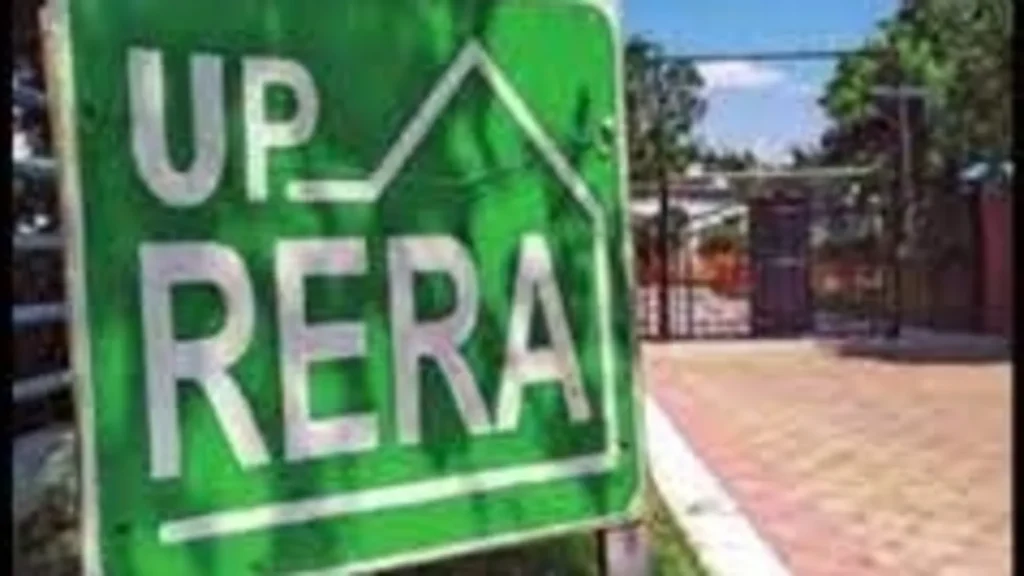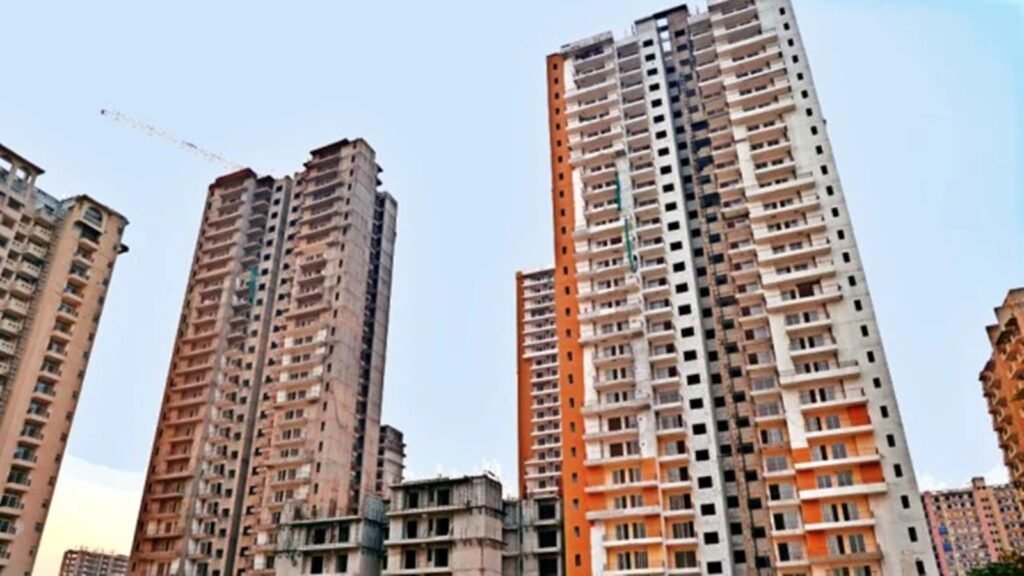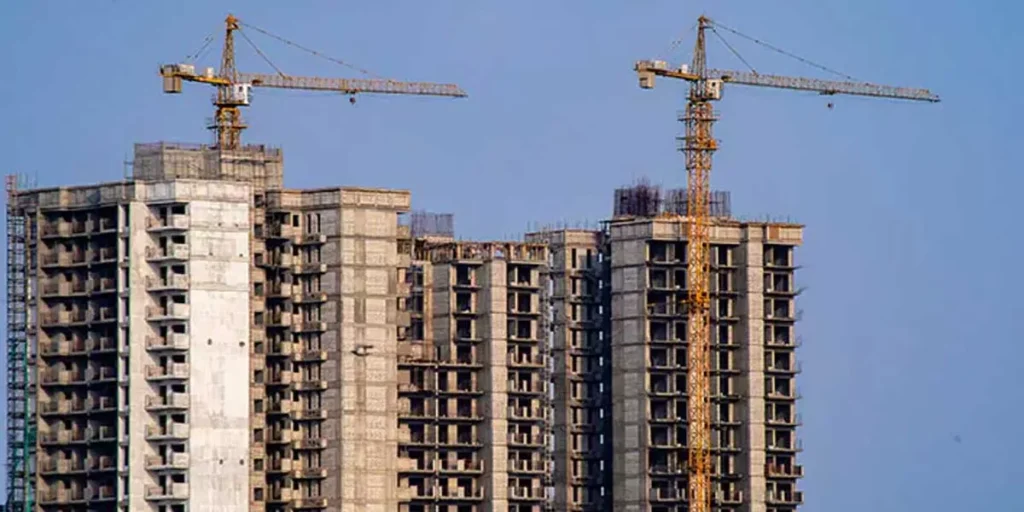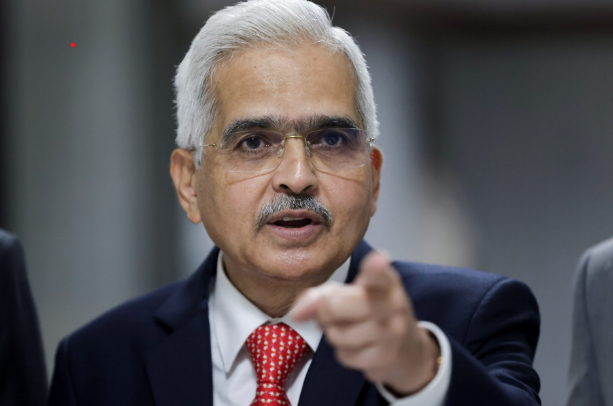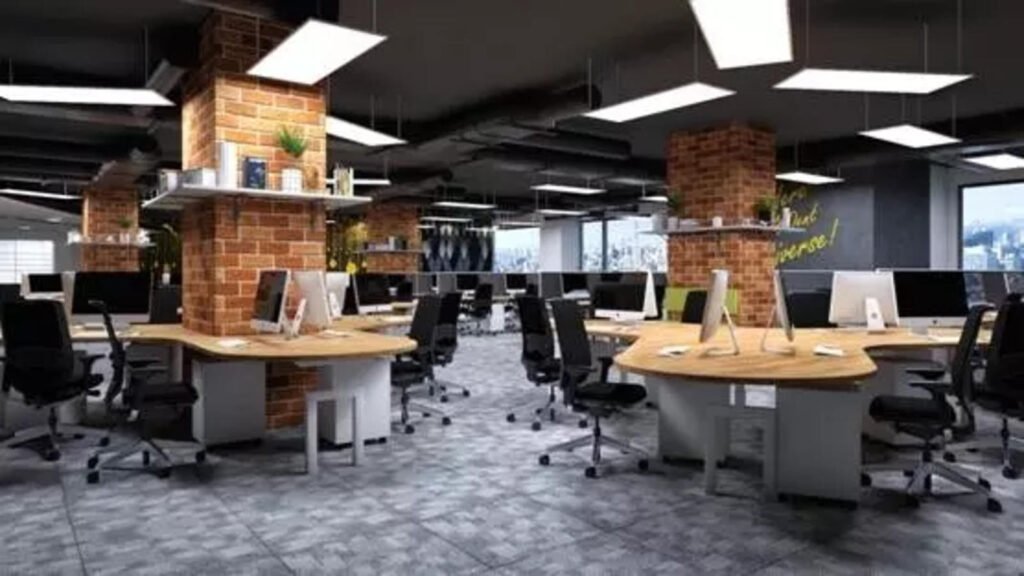Mall Development Slows: Industry Leaders Predict Sluggish Growth Compared to Residential Real Estate

Challenging Times for Mall Operators
Mall developers and operators are bracing for slower growth compared to the booming residential real estate sector. As per experts, the development of new shopping malls is tapering off nationwide, compounded by a lack of consumer footfall and underperformance of major anchor tenants like multiplexes.
Mumbai’s Mall Market Stagnation
During the MAPIC India 2024 real estate conclave in Mumbai, industry leaders discussed the current challenges facing mall development in the city. Despite a thriving retail environment, the head of Runwal Realty highlighted that no new mall projects have been announced in Mumbai for the past five years. The slowdown in construction is attributed to the government’s restrictive policies, which experts argue need to be revisited to stimulate investment.
The Impact of High Construction Costs
A significant barrier to new mall developments is the construction premiums imposed by local authorities. These costs can constitute nearly half of total construction expenses for commercial and retail properties in Mumbai, impacting developers’ ability to invest in new projects.
The Future of Malls: A Mixed Bag
While some industry leaders acknowledge the growth potential for malls, they warn that this segment will not keep pace with residential real estate. The lengthy timeline—typically six to seven years—required for developers to recoup their investments through rental income poses a challenge. Conversely, retail spaces can facilitate quicker returns due to larger rental increases.
A New Avenue for Growth: Indoor Amusement Centres
In a bid to attract more visitors, property consultancy JLL unveiled a report at the conclave that identifies indoor amusement centers as a significant opportunity. This segment is projected to generate over Rs 9,000 crore in revenue by 2030. The report indicates that over 90 malls across India already feature various types of indoor entertainment facilities, including gaming arcades and trampoline parks.
Looking Ahead: Space for Indoor Entertainment
JLL’s findings suggest that indoor entertainment venues could occupy around 11 million square feet of space, contributing to the overall Grade-A retail space supply expected to reach 56 million square feet by 2028. This development is seen as a vital step in revitalizing mall footfall and appealing to families seeking entertainment options.
In summary, while the outlook for mall development remains cautious, opportunities exist for innovation and adaptation in the sector. As consumer preferences evolve, the focus may shift towards integrating more entertainment and leisure activities within shopping environments.

 English
English 



















